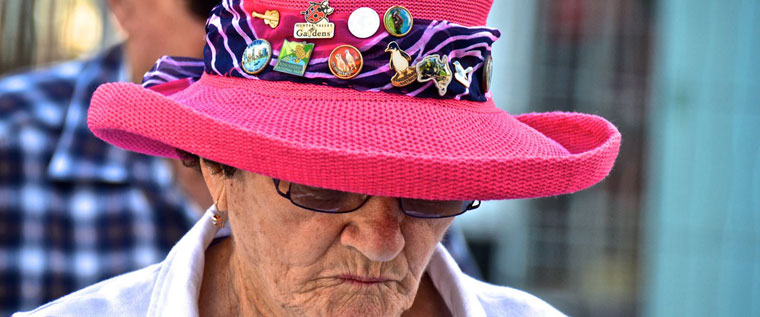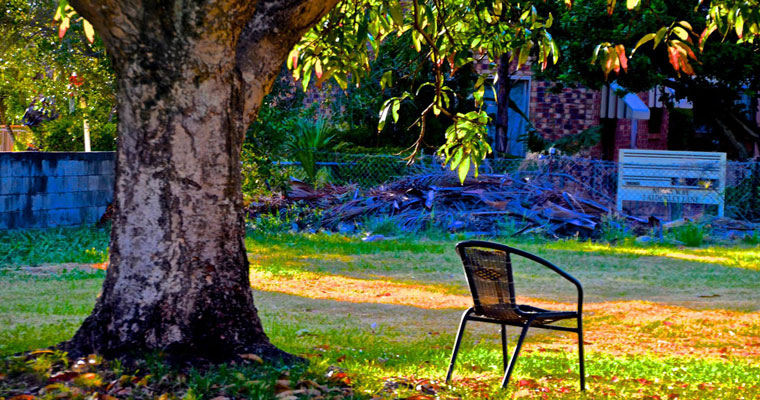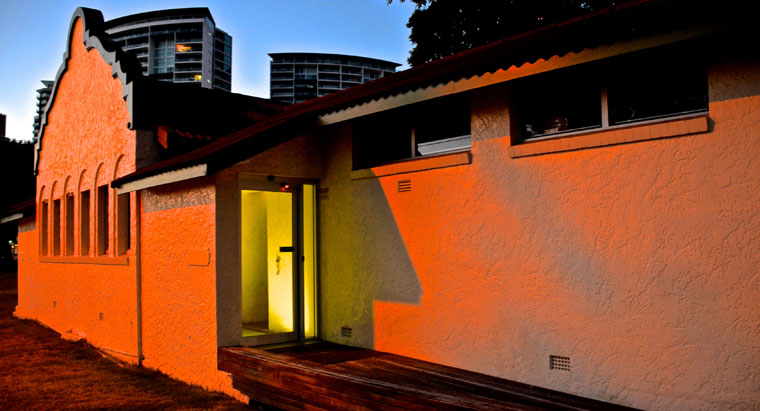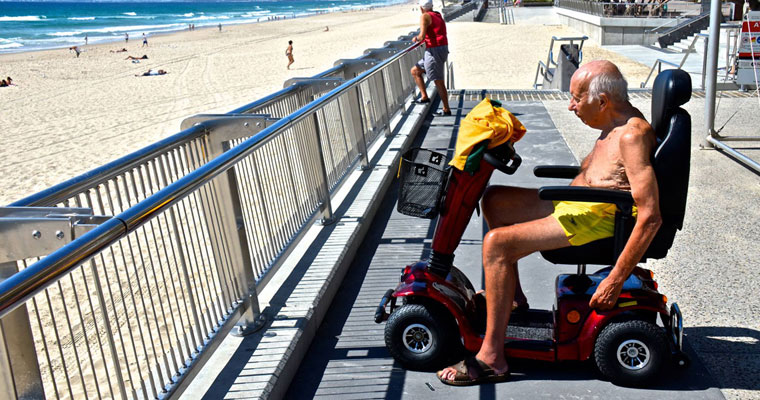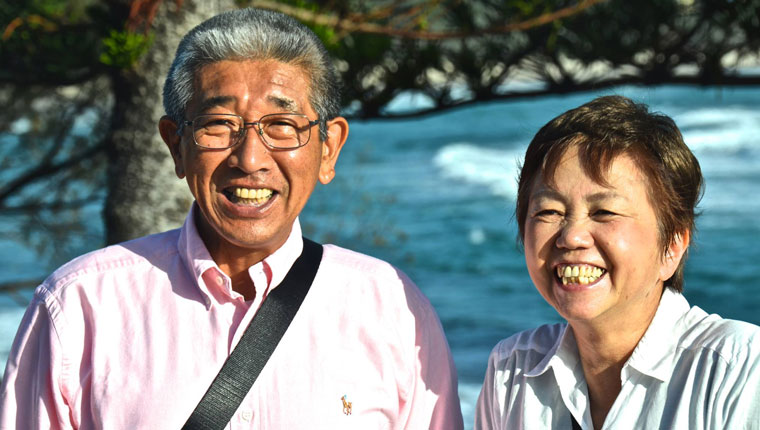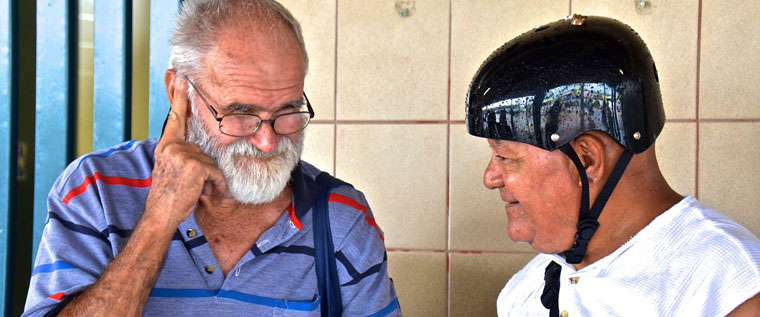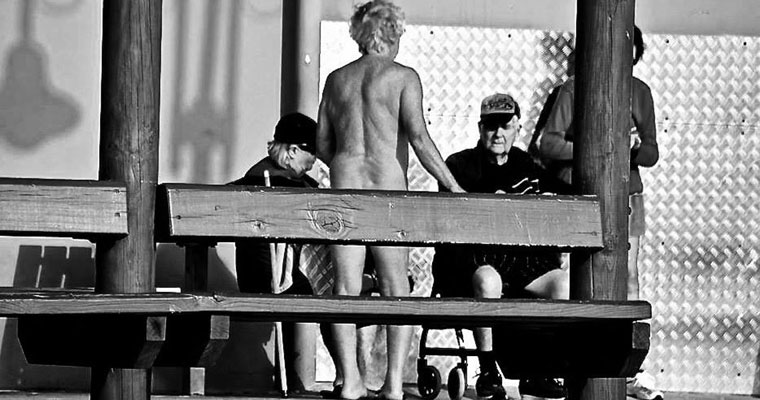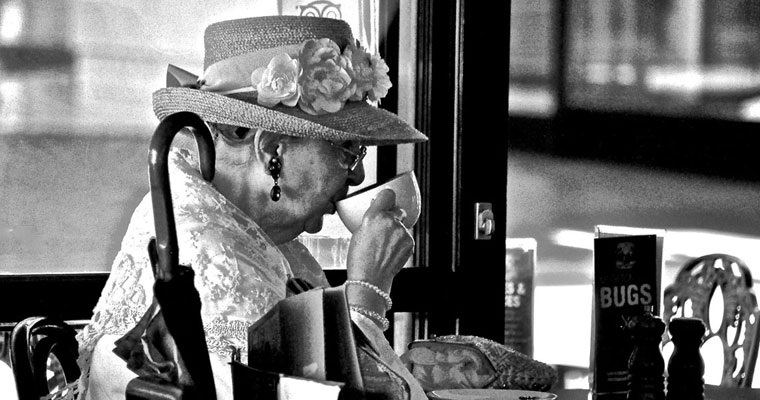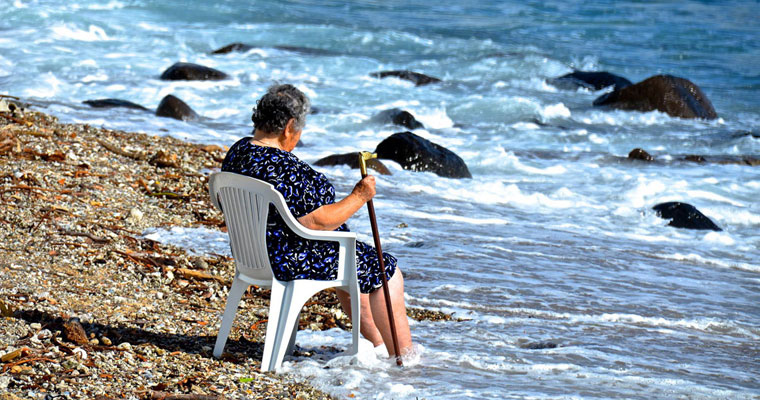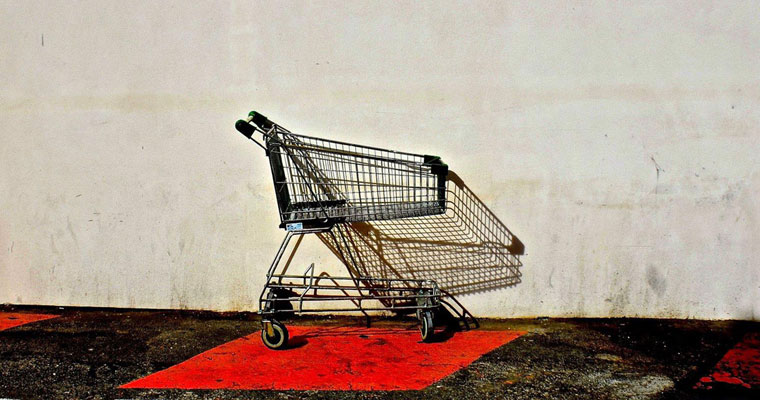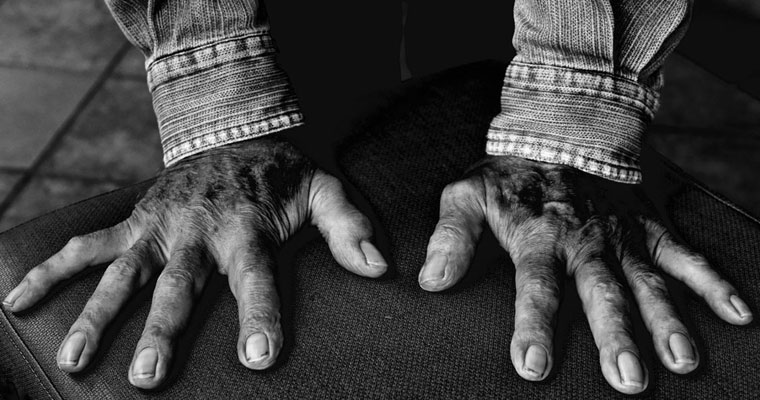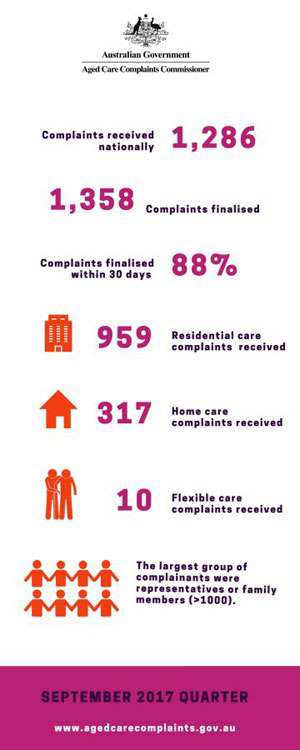
Older People Speak Out (OPSO) – the publishers of the Your Say On Aged Care website – will only collect, store, use, disclose and destroy personal contact information in accordance with the Privacy Act 1988.
Schedule 1 to the Privacy Act 1988 contains the Australian Privacy Principles which regulate the way in which organisations such as OPSO can collect and use personal information.
The Your Say On Aged Care Privacy Policy below sets out the way in which OPSO complies with these principles.
Privacy Policy
Any time you complete a submission to the Your Say On Aged Care website – via the provided online or downloaded form – you will be prompted to provide personal and contact information.
Whether submitting on your own behalf, or on behalf of another individual who no longer has the access, ability or capacity, you will be required to provide personal and contact information relating to you as well as any individual/s for whom you may be acting.
Personal and contact details will be kept confidential, unless – in specific cases – you otherwise direct or grant permission for its release.
This personal and contact information may be used by OPSO to clarify or verify details provided.
Personal information will not be shared with a third party unless it is lawfully requested or there is an immediate risk to one or more individuals.
On the form, you will be given the option to receive communication from OPSO in the future and invited to become a member. You may accept or decline either offer.
In line with legislative requirements, OPSO will not use your details for communication unrelated to the Your Say On Aged Care project without your express permission.
OPSO will only use information you provide to external parties where such use is lawful.
If accidental or unauthorised use – or disclosure – occurs, OPSO will act quickly to rectify and remedy the situation.
All reasonable steps will be taken by OPSO to protect your personal and contact information from misuse, interference, loss, unauthorised access, modification or improper disclosure.
- All paper files will be secured in locked cabinets
- All information stored electronically can only be accessed by authorised OPSO personnel who have been apprised of their obligations under the Privacy Act
- Our computer systems and databases are protected via firewalls, intrusion detection and other technologies.
Your personal information and contact details will be retained separately – for the duration of this project – from the descriptive content you provide that may be used for publishing online.
With any content you submit that is intended for publication, you may elect to remain anonymous or to use one or more suitable pseudonyms, however, you will be required to indicate the region from which the post is being made. This detail will be included with your published content.
At any time, you may request to access personal information held by OPSO about you or the person/s for whom you are acting and you may request correction of any inaccurate details.
The lifespan of the Your Say On Aged Care website is intended to be limited, with its closure likely to be at the end of 2018, unless otherwise required or notified.
At the time of the website’s closure, all personal information provided will be destroyed unless you have given permission for your details to be used for other purposes (such as receipt of OPSO emails or requested OPSO membership).


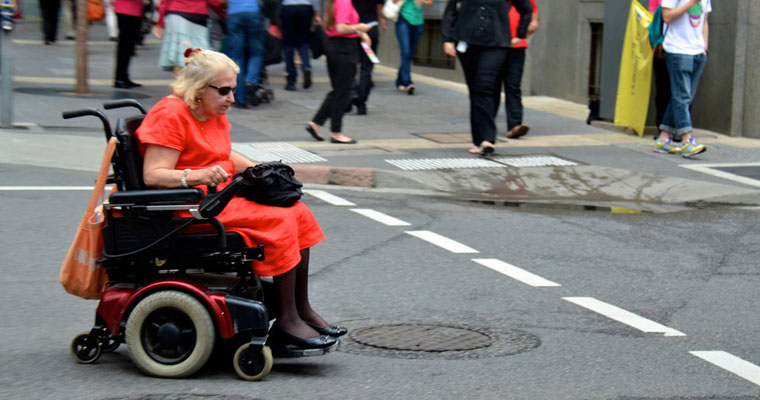




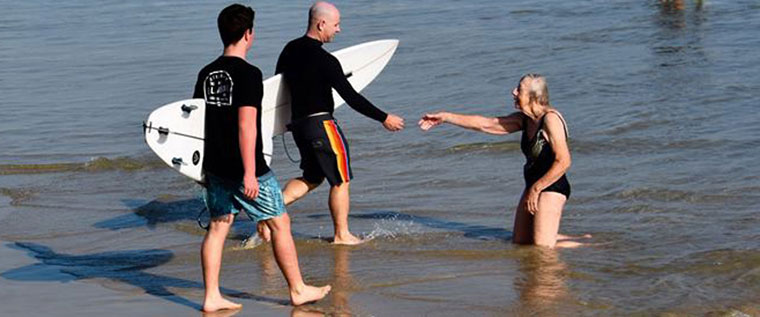

 Older People Speak Out would particularly like to acknowledge the generous permission granted by retired Gold Coast news photographer,
Older People Speak Out would particularly like to acknowledge the generous permission granted by retired Gold Coast news photographer, 










